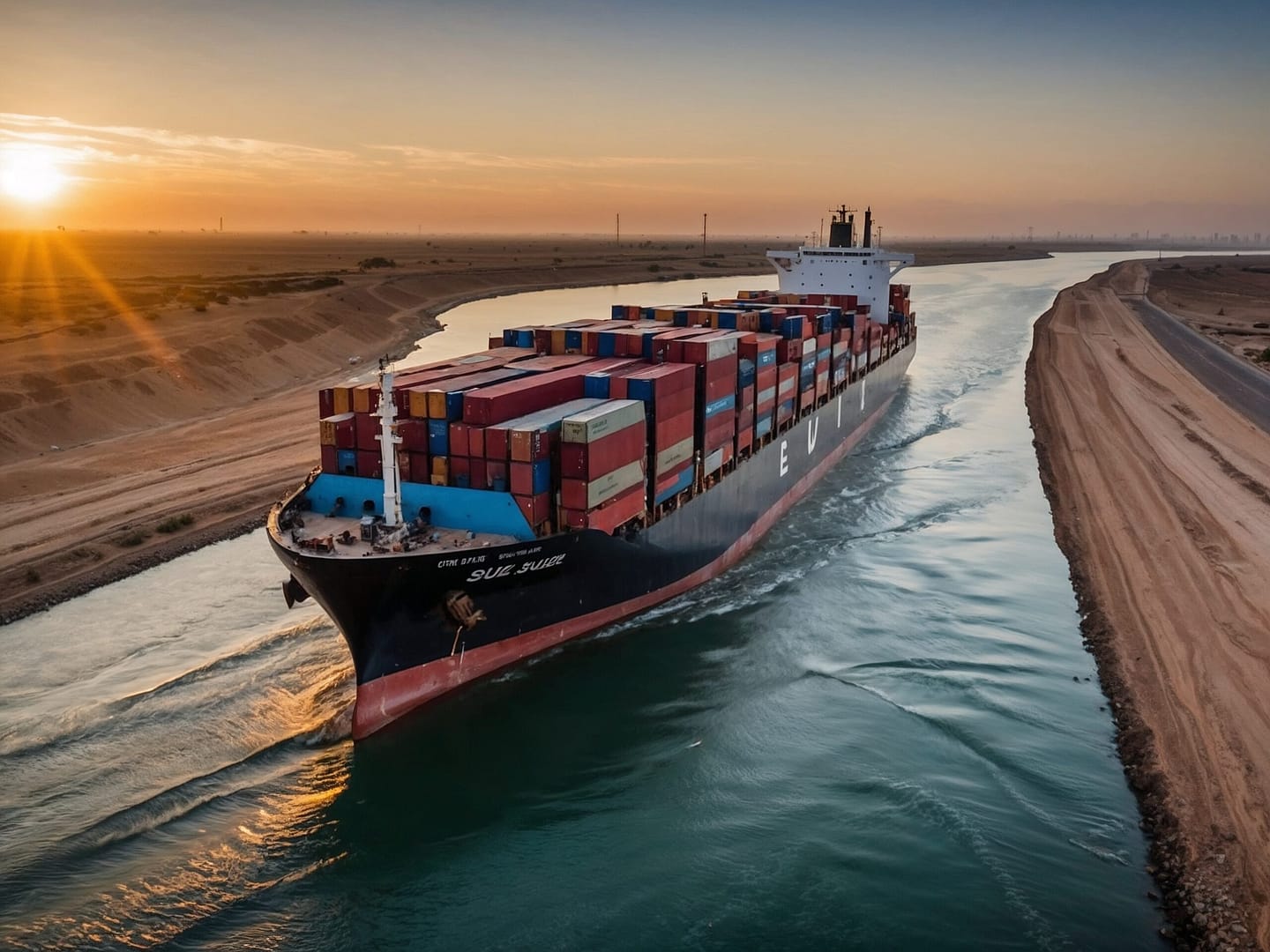The Secret Behind Efficient Shipping Routes
Global trade relies on efficient shipping routes to ensure goods move quickly and cost-effectively across the world. But what makes a route “efficient”? It’s a combination of speed, cost, geography, and logistics. In this blog, we’ll break down the fastest shipping routes, the biggest and best ports, the challenges faced in global shipping, and future trends that will shape the industry.
What Makes a Shipping Route Efficient?
A shipping route is considered efficient when it minimizes time, fuel consumption, and costs while ensuring reliable delivery. Several factors contribute to this:
Shortest Distance – Routes that take the most direct path between major trade hubs.
Strategic Use of Ports – Selecting ports that offer fast turnaround times, advanced technology, and minimal congestion.
Weather Conditions – Avoiding regions with frequent storms or rough seas that can delay shipments.
Trade Agreements & Regulations – Some routes are preferred due to fewer customs restrictions and faster clearance times.
Infrastructure – Well-developed ports, refueling stations, and shipping lanes improve efficiency.
Technology & AI – Advanced logistics systems optimize routes based on real-time data.
The Fastest Shipping Routes in the World
Some trade routes are historically and strategically positioned to be the fastest and most frequently used by global shipping companies. Below are some of the most important ones:
1. Asia-Europe Route (via the Suez Canal)
Major Route: China/Southeast Asia → Europe (via the Suez Canal)
Key Ports: Shanghai (China), Singapore, Rotterdam (Netherlands), Hamburg (Germany)
Average Transit Time: 24-30 days
Why It’s Efficient: The Suez Canal provides a direct link between the Indian Ocean and the Mediterranean, cutting travel time compared to going around Africa.
2. Trans-Pacific Route (China to U.S. West Coast)
Major Route: China/Southeast Asia → U.S. West Coast
Key Ports: Shanghai, Shenzhen, Los Angeles, Long Beach
Average Transit Time: 12-20 days
Why It’s Efficient: The direct ocean crossing between Asia and the U.S. makes this the fastest route for goods headed to North America.
3. Trans-Atlantic Route (U.S. to Europe)
Major Route: U.S. East Coast → Europe
Key Ports: New York, Savannah (U.S.), Rotterdam, Hamburg (Europe)
Average Transit Time: 7-14 days
Why It’s Efficient: The North Atlantic is a relatively short and direct ocean passage between two of the largest economies.
4. Panama Canal Route (U.S. East Coast to Asia)
Major Route: U.S. East Coast → Asia (via the Panama Canal)
Key Ports: New York, Miami, Los Angeles, Shanghai, Singapore
Average Transit Time: 22-28 days
Why It’s Efficient: The Panama Canal allows ships to bypass the longer route around South America, saving thousands of miles.
5. Arctic Route (Northern Sea Route)
Major Route: Asia → Europe (via the Arctic Ocean)
Key Ports: Murmansk (Russia), Shanghai, Rotterdam
Average Transit Time: 20 days (compared to 30 via Suez Canal)
Why It’s Efficient: This route is significantly shorter than the traditional Suez Canal passage, but ice conditions and geopolitical factors make it less reliable.
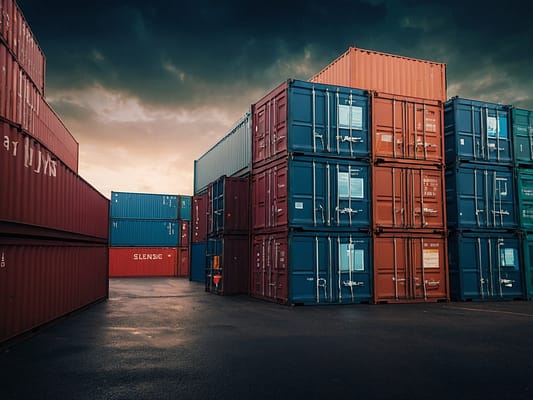
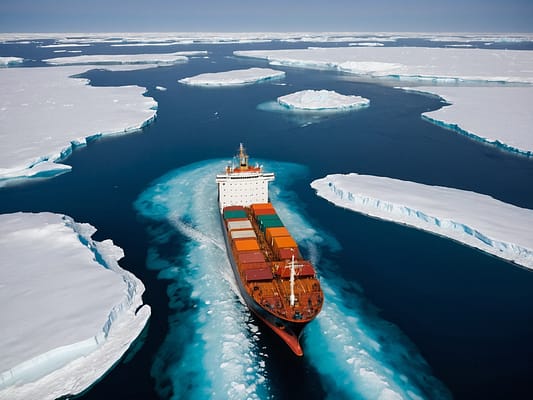
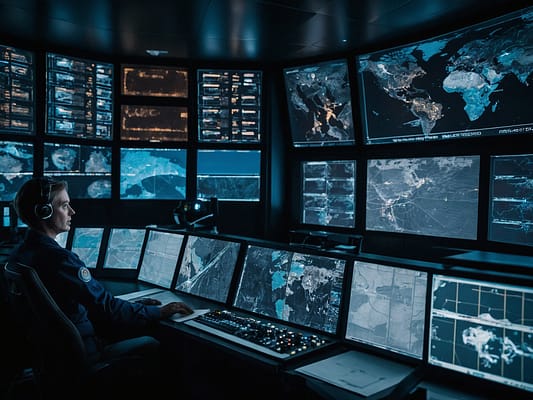
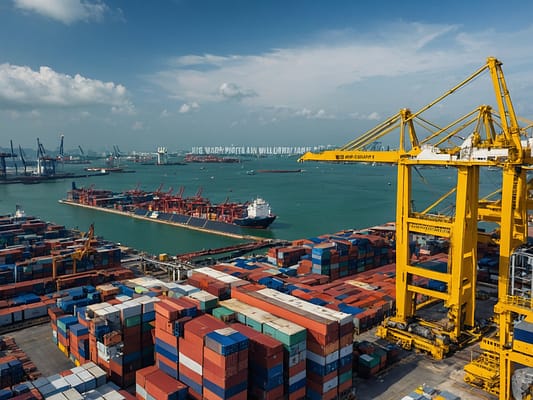
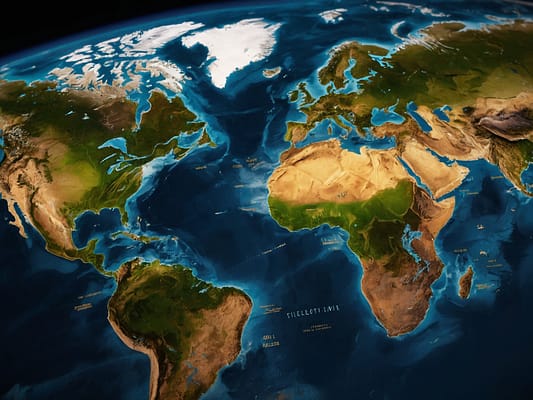
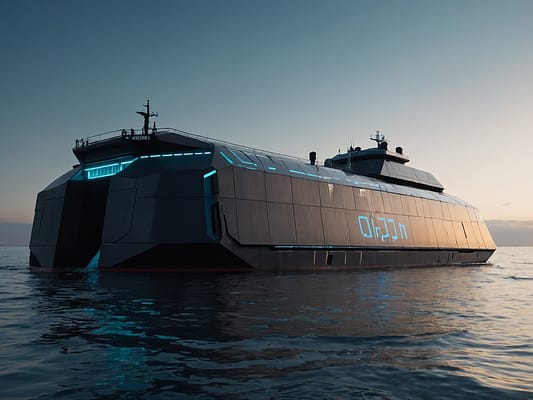
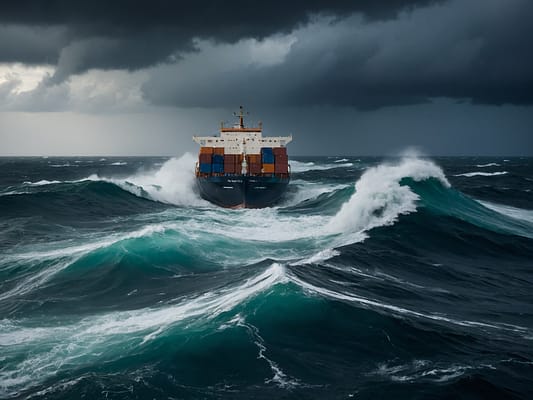
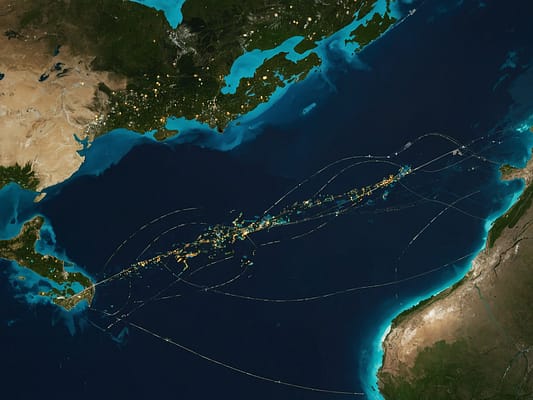
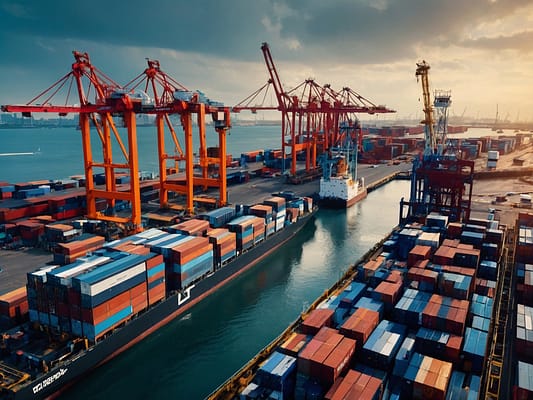
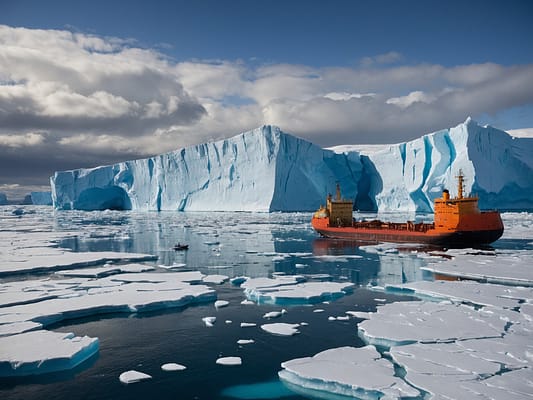
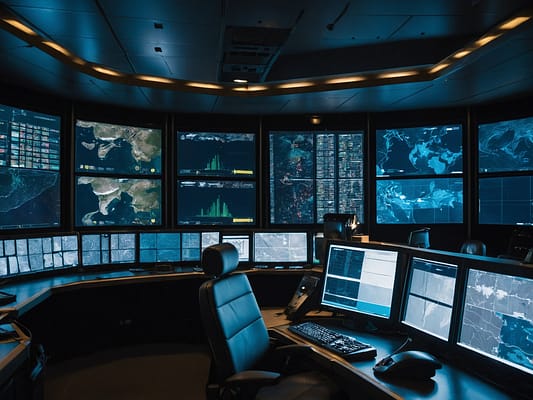
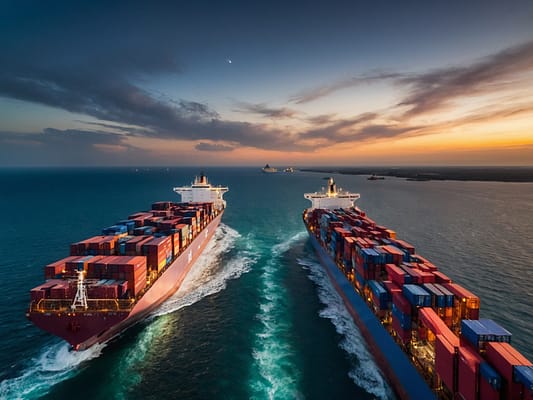
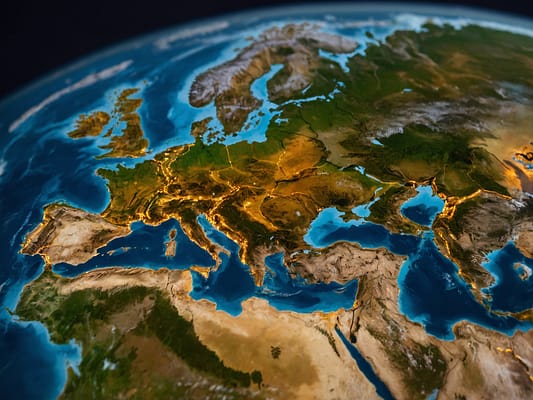
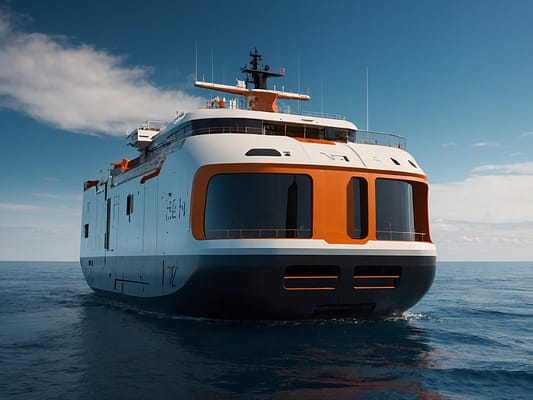
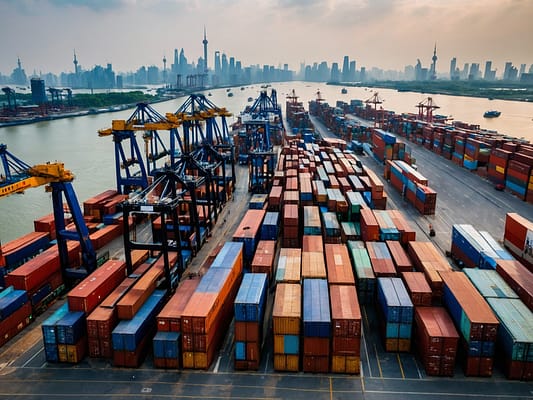
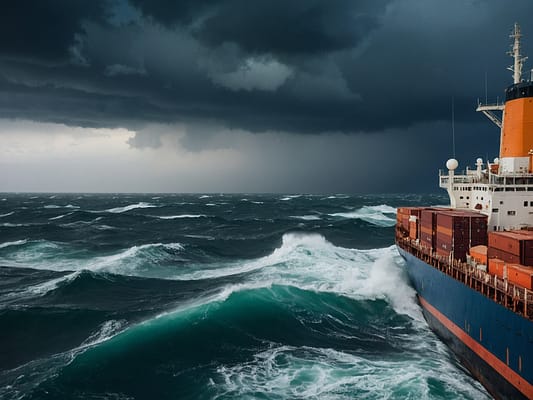
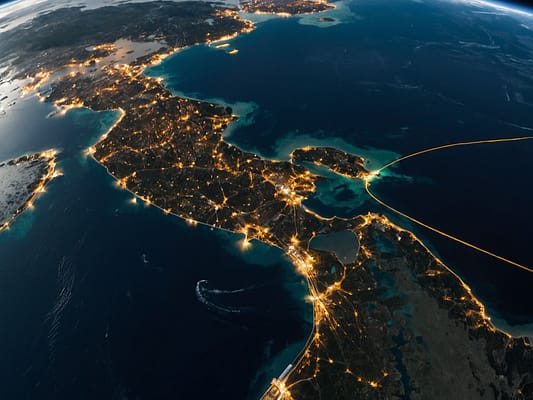
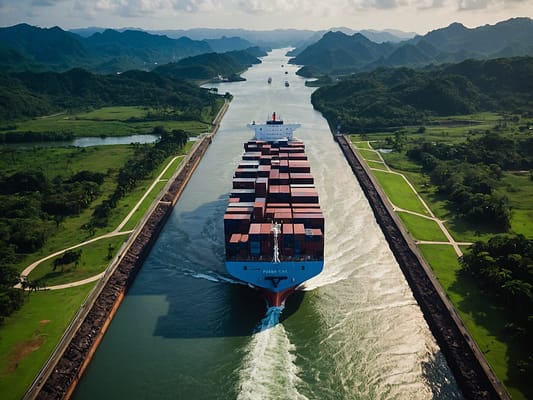
The Biggest and Best Ports in the World
Efficient shipping routes depend on world-class ports that can handle massive volumes of cargo, have modern infrastructure, and provide fast processing times. Here are some of the most important ports in global trade:
1. Port of Shanghai (China)
Largest port in the world by cargo tonnage and container volume.
Handles over 47 million TEUs (twenty-foot equivalent units) annually.
Serves as a major hub for trade between Asia, Europe, and the U.S.
2. Port of Singapore
A critical transshipment hub connecting Asia, Europe, and the Americas.
Known for its high efficiency and state-of-the-art automation.
One of the busiest ports for oil, raw materials, and manufactured goods.
3. Port of Rotterdam (Netherlands)
Largest port in Europe, serving as a gateway for goods entering the EU.
Strategically located for efficient connections to Germany, France, and beyond.
4. Port of Los Angeles & Port of Long Beach (U.S.)
Together, these two ports form the largest trade hub in North America.
Handles over 18 million TEUs annually, making them crucial for U.S.-China trade.
Challenges & Risks in Global Shipping
Despite efficient routes, shipping faces many challenges:
Piracy and Security Concerns – Hotspots like the Gulf of Aden pose risks to cargo.
Geopolitical Tensions – Trade restrictions, tariffs, and sanctions can disrupt routes.
Climate Change & Extreme Weather – Rising sea levels and storms impact schedules.
Congestion at Major Ports – Delays due to high container volumes and labor shortages.
Suez Canal & Panama Canal Blockages – These critical chokepoints can paralyze trade.
Future Trends in Shipping Efficiency
The future of shipping is evolving, with several advancements improving efficiency:
Green Shipping Initiatives – Eco-friendly fuels, carbon-neutral logistics, and emission reduction.
Autonomous Ships – AI-driven vessels that optimize fuel consumption and routing.
Blockchain in Shipping – Secure, transparent tracking of goods from origin to destination.
Artificial Intelligence (AI) for Route Optimization – AI tools help predict the best shipping lanes.
Expansion of the Northern Sea Route – Climate changes may make the Arctic Route more viable.
Conclusion
Efficient shipping routes are the backbone of global trade. The world’s fastest routes take advantage of strategic waterways like the Suez and Panama Canals, while the best ports offer speed, technology, and connectivity. As global trade evolves, new trends—such as AI-driven logistics, green shipping, and Arctic routes—will shape the future.
Understanding these logistics helps businesses make smarter trade decisions, reduce costs, and improve delivery times. Whether you’re an importer, exporter, or simply interested in global trade, knowing how shipping routes work is key to staying ahead in the world of commerce.

